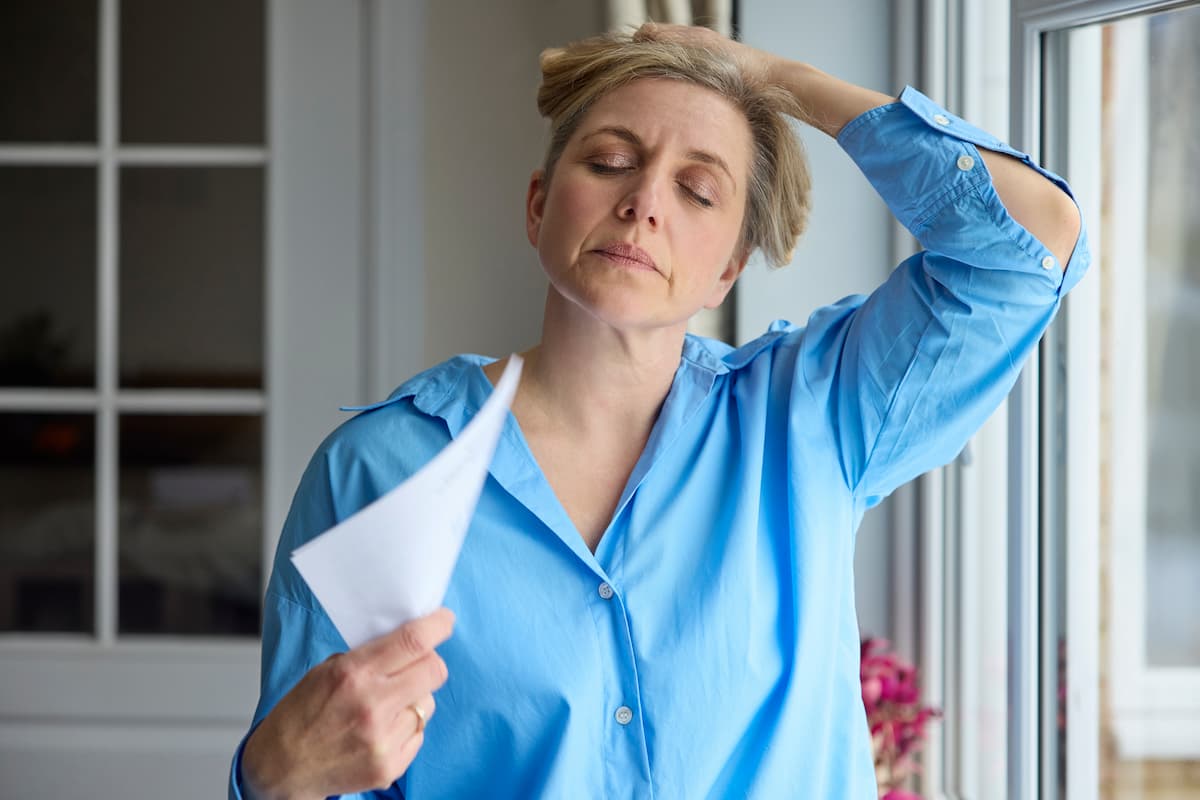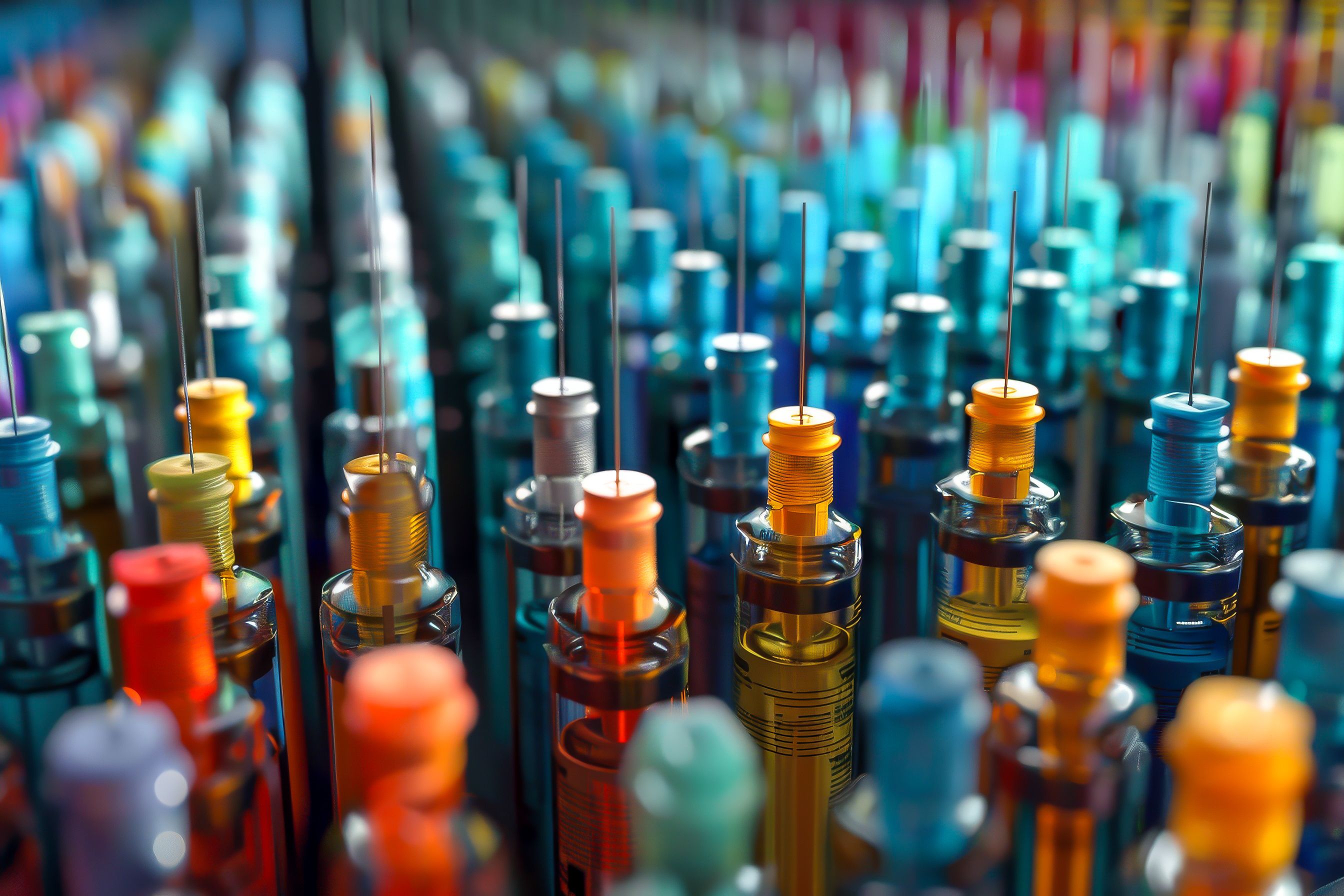Video
Dr Sean Drummond Discusses Pros, Cons of Consumer Sleep Technology
Author(s):
While consumer wearables for sleep are popular, evidence-based guidelines need to be established to interpret data coming from these technologies, said Sean Drummond, PhD, professor of clinical neuroscience, Turner Institute for Brain and Mental Health at Monash University.
At SLEEP 2022, Sean Drummond, PhD, professor of clinical neuroscience, Turner Institute for Brain and Mental Health at Monash University, discusses the pros and cons of consumer sleep technology devices, as well as 2 devices he thinks are ready to be implemented clinically.
Transcript
What are some of the pros of consumer technology in sleep medicine?
Some of the pros of consumer sleep technology certainly is that consumers love them—they are ubiquitous and everywhere. I think a growing pro is that more and more of them are performing quite well and, in fact, performing every bit as good as our traditional research-based actigraphs. That means that, as clinicians, we can have more confidence in the data that a client brings us, presuming that it comes from one of these devices that has been shown in the literature to perform well.
What are some of the cons?
The biggest con at this point actually is something that I pointed out in my pro argument, which is that we do not yet have a set of evidence-based guidelines for exactly how do we interpret the data coming from these consumer wearables, and how do we actually incorporate it in a helpful way into our clinical practice. So, we know the data coming out of it is pretty good, it's equivalent to actigraphs. But we don't necessarily have good guidelines for, what do we do when somebody brings us a month or 6 months worth of data? How do we digest that quickly and provide useful clinical information to our clients?
Are there any existing technologies you find particularly helpful for sleep conditions?
Yeah, indeed. I think that there [are] 2 main areas in the consumer sleep technology devices that I think are ready to implement at some level in the clinic. One of them is the typically wrist-worn devices that measure movement, sometimes movement and heart rate, and they give an indication of sleep versus wake. They basically give us the exact same data that actigraphs give us. Those devices, I think, can be utilized for longitudinal assessment of somebody's sleep. If you need to take a look at what their sleep is like over a week or 2 weeks, those devices are great for that.
The second area is a growing number of mattress pad devices that easily slip underneath somebody's mattress. They typically measure things like motion, respiration, heart rate, and a few of them in particular are becoming increasingly good at actually assessing obstructive sleep apnea. There's actually a paper that came out last year showing, with 1 of these specific devices, that if you get 7 nights of at-home data, it is extraordinarily good at diagnosing whether somebody has obstructive sleep apnea or not, which will be a massive help in the clinic because it's a relatively low-cost, efficient way of doing an initial screening. And then determining who needs to be triaged to a full in-lab study, who can we recommend treatment for right away, and who doesn't have apnea and we can move on to some other diagnosis.

The Importance of Examining and Preventing Atrial Fibrillation




